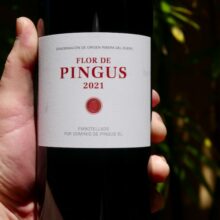
Product information
Dominio de Pingus ‘Flor de Pingus’ 2021
Original price was: $329.$276Current price is: $276.
Description
The 2021 Flor de Pingus is a village wine from La Horra, made with small vinifications by plot and then a blending exercise, so it’s the wine they feel is most their style. They look for texture, looking for a delicate and elegant wine. The nose is very subtle and harmonious, super clean and with a lot of focus. There are no traces of oak on the nose.
The profile of the wine is more in line with 2018 or 2016 than with 2015 or 2019. This has a velvety texture, an elegant mouthfeel and some restraint (he thinks the warm summer in 2021 made the plants slow down), and it is fresher than the wine from 2020. There’s a very fine thread, with chalky and very elegant tannins. This delivered what the wine promised from barrel. Starting in 2023, the wine will be certified organic. It was bottled in June 2023.
Luis Gutiérrez, The Wine Advocate 95+ Points
The 2021 Flor de Pingus hails from several vineyards in La Horra, Ribera del Duero and spent 18 months in French oak barrels. Purple in hue. The complex, subtle aromas include sour cherry and blueberry intertwined with rose, herbs and garrigue hints. On the palate, it’s dry and velvety, with a balanced, fairly intense, chalky character that’s low on freshness but high on energy. This is a distinctive, delicious red that reflects a modern approach to Ribera.
Joaquin Hidalgo, Vinous 95 Points
In stock
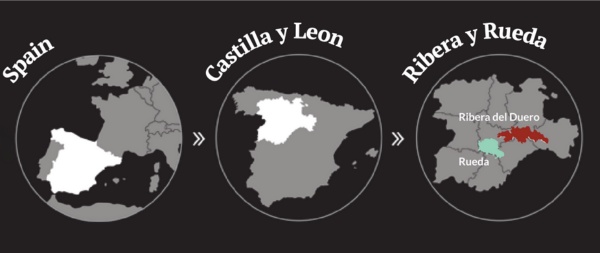
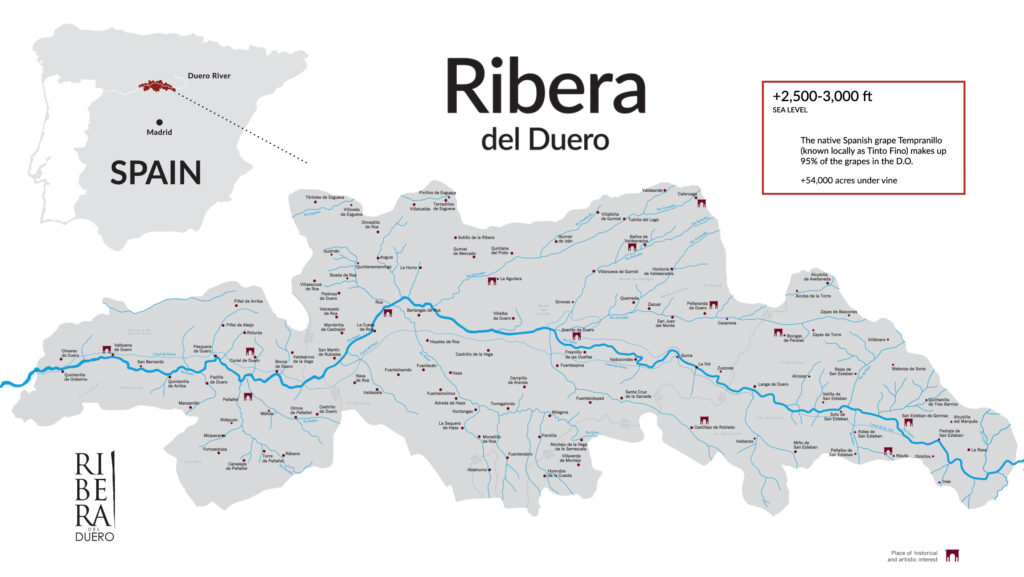
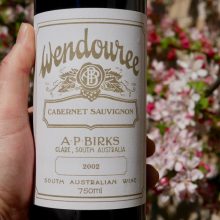
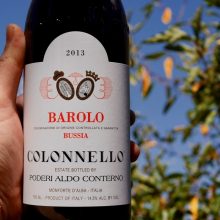

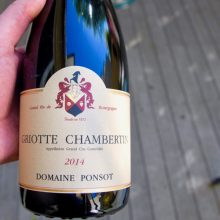
You must be logged in to post a comment.